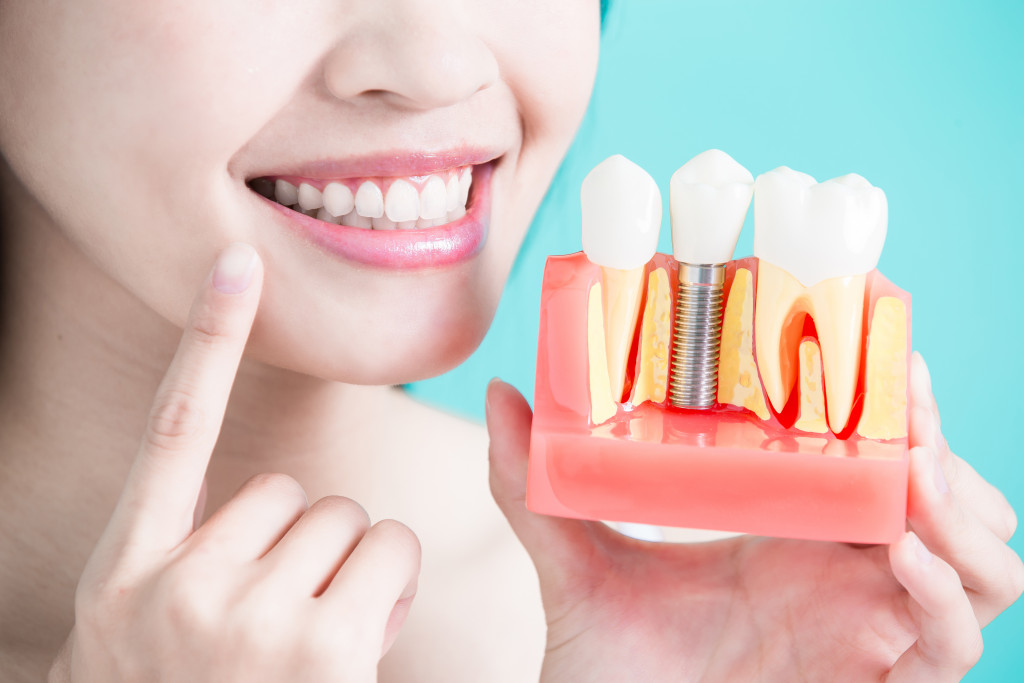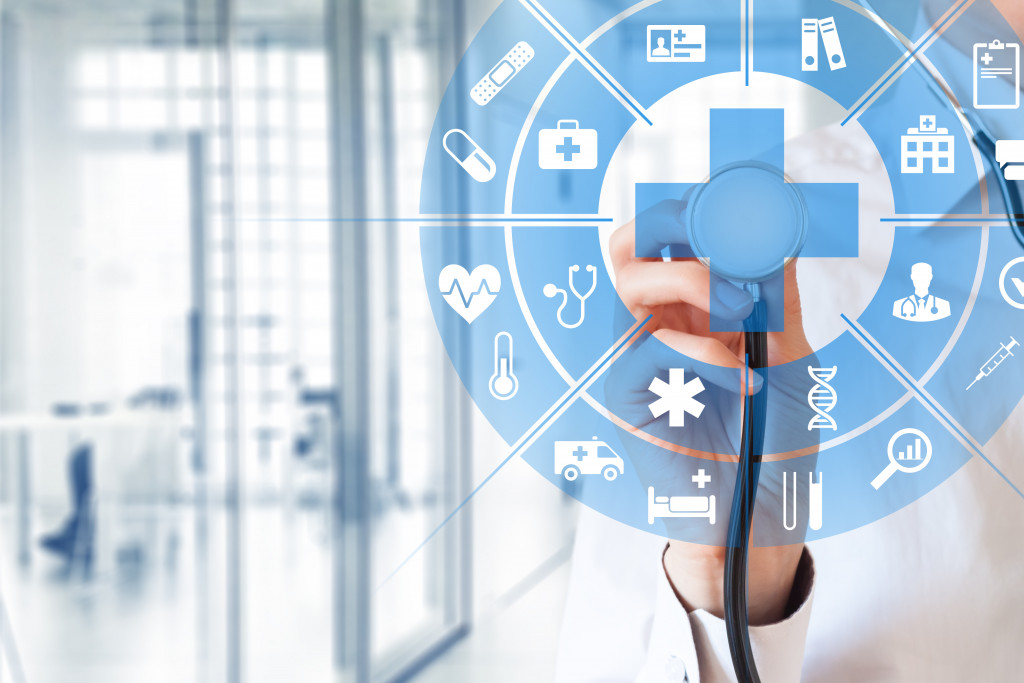In the world of medical technology, there have been many improvements in the past few years. Doctors are now able to diagnose illnesses and conditions with help from technology, as well as monitor patient progress. There are also new technologies being developed that could revolutionize the healthcare industry.
Let’s take a look at a few of these revolutionary innovations.
Magnetic Resonance Imaging
Magnetic Resonance Imaging, or MRI, is a medical technology that uses magnetic fields and radio waves to create images of the inside of the body. This technology can be used to diagnose a wide variety of illnesses and conditions. MRI scans can help doctors determine the cause of symptoms, and they can also be used to monitor the progress of treatment.
MRI technology has come a long way in recent years. Earlier versions of the technology were slow and cumbersome, but modern MRI scanners are much faster and more user-friendly. In addition, MRI scans provide much more detailed images than older technologies. This allows doctors to get a clearer picture of what is going on inside the body.
Transparent Lenses
Transparent lenses are a type of contact lens that allows light to pass through the lens. This makes them perfect for use in situations where you need to see clearly but does not want to obstruct your vision. Transparent lenses are often used by athletes and other professionals who need to maintain good vision while performing their duties.
Transparent lenses come in a variety of styles and colors. They are also available in both prescription and non-prescription forms. If you are interested in trying transparent lenses, be sure to consult with your optometrist. He or she can help you choose the right style and color of lens for your needs.
Artificial Intelligence in Healthcare
Many experts believe that artificial intelligence (AI) will play a major role in the future of healthcare. AI can be used to diagnose illnesses, plan treatments, and monitor patient progress. In addition, AI can be used to help healthcare professionals make better decisions about patient care.
There are already several AI applications in use in the healthcare industry. For example, IBM’s Watson is being used by hospitals and clinics all over the world to help with diagnosis and treatment planning. And Google’s DeepMind is being used by the NHS to improve patient care and reduce costs.
There are many other AI applications in development, and it is likely that we will see even more AI-based healthcare solutions in the years to come.
Dental Technology Innovations

Dental technology has come a long way in the past few years. There are now many dental technologies that can help improve dental care. Some of these technologies include:
Dental splints: These are devices that are used to stabilize teeth and protect them from further damage. They are often used after a dental injury has occurred. Recent developments like the Gelb dental splint, a transparent splint, are used to protect teeth from tooth grinding.
Dental implants: These are designed to be placed into the jawbone so that artificial teeth will have something to attach to. They can often replace missing or decaying teeth.
Dental lasers: Dental lasers are used to remove tooth decay and to treat gum disease. They can also be used to seal dental cavities.
Dental guides: Dental guides are small dental tools used to help guide dental technicians as they work on a patient’s teeth. In some cases, dental guides may be used by patients to ensure that their dental treatments take place correctly and efficiently.
Computerized Medical Diagnosis and Treatment Guides
Computerized medical diagnosis and treatment guides are a type of software that helps doctors diagnose and treat medical conditions. These guides can be used to help doctors make decisions about diagnosis and treatment. They can also be used to help doctors keep track of patient progress.
There are many different types of computerized medical diagnoses and treatment guides. Some are designed for specific medical conditions, while others are more general in nature. Some guides are even specific to certain geographical regions.
One of the benefits of computerized medical diagnosis and treatment guides is that they can be updated regularly with the latest research findings. This ensures that doctors have access to the most current information when making decisions about diagnosis and treatment.
Conclusion
Medical technology has come a long way in the past few years. There are now many technologies that can help improve dental care. Some of these technologies include dental lasers, dental implants, and computerized medical diagnosis and treatment guides. These technologies have helped doctors diagnose and treat a variety of illnesses and conditions.

